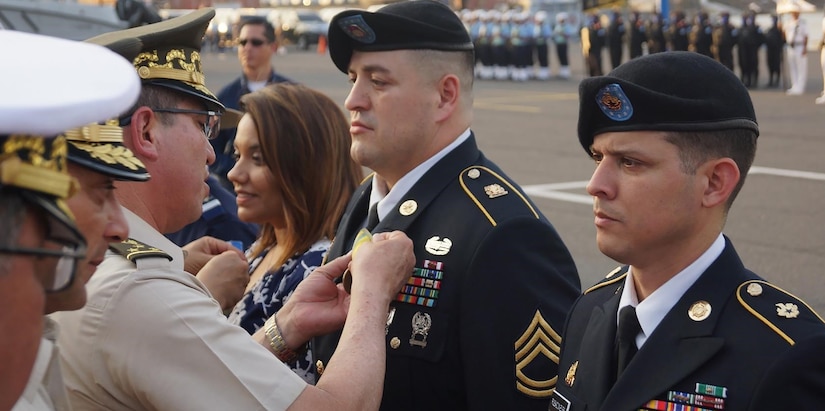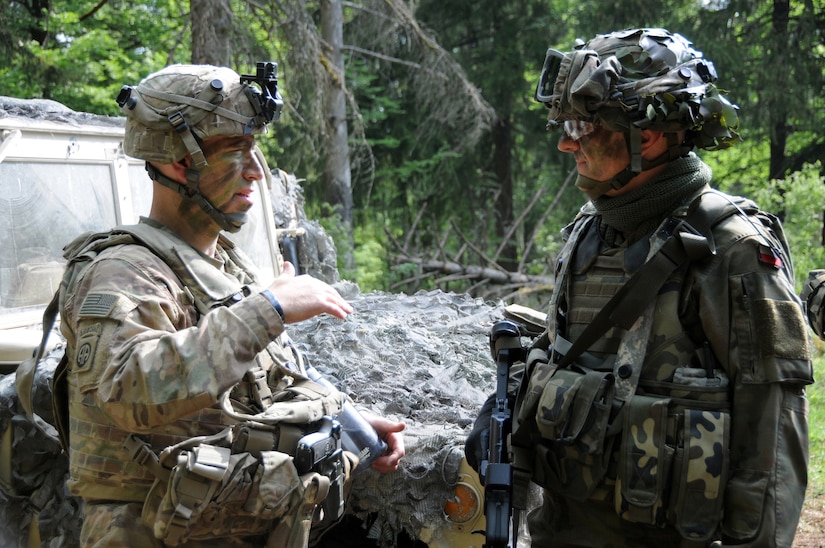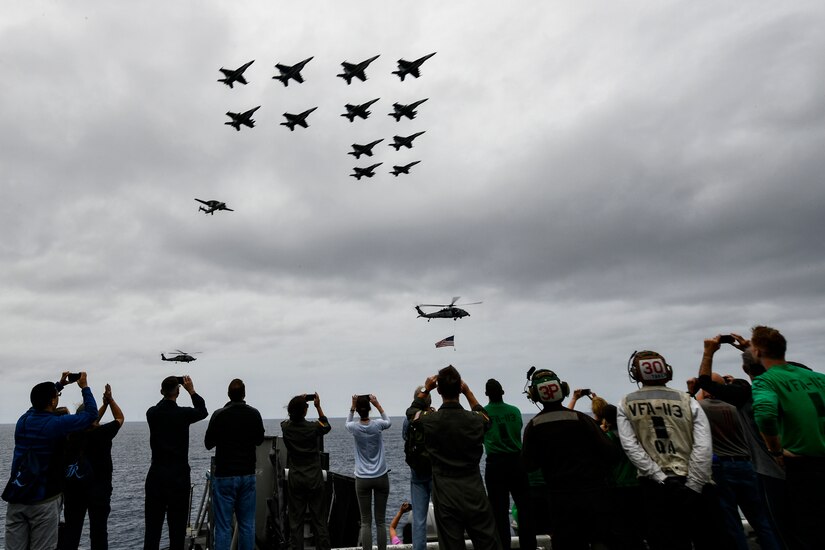By Daniel Barrios, U.S. Army Security Assistance Command
REDSTONE ARSENAL, Ala. -- Three U.S. soldiers have been
recognized by the president of Guatemala in Puerto San Jose for their acts of
brotherhood and friendship.
Guatemalan President Jimmy Morales presided over the
ceremony at which Staff Sgt. Harcel Rosado, Sgt. 1st Class Michael Kinzie and
Chief Warrant Officer 4 Raul Espinoza were awarded the Medal of the White Nun
by the Guatemalan armed forces.
The soldiers are members of a technical assistance field
team from the Fort Bragg-based U.S. Security Assistance Training Management
Organization, a subordinate organization of the Security Assistance Command.
Assigned to the TAFT in Guatemala, their mission was to train and advise the
nation’s elite naval special forces in watercraft and communication tactics in
support of their counter-narcotics operations.
Intercepting Illicit
Drugs
Experts in their fields, the soldiers have spent the last
year working shoulder to shoulder with Guatemala’s maritime forces as they
fight to intercept hundreds of tons of illicit drugs that flow from South
America through the Central American corridor into Mexico and, ultimately, the
United States.
The soldiers’ dedication and superior service had a decisive
impact on counter-narcotics operations.
Guatemala’s naval special forces, the FEN, are integral to
the war on drugs, “and that they would recognize our TAFTs’ contributions to
the success, growth and professionalization of the FEN was a watershed moment,”
said SATMO’s Army Command Sgt. Maj. Michael Lamkins, who attended the award
ceremony.
The award recipients are superior soldiers “that take highly
developed military skills sets, Army discipline and U.S. diplomacy to
international partners all over the globe,” Lamkins said.
Rosado said he is humbled by the recognition, calling the
mission the most rewarding of his career. As a watercraft operator, he is among
a small group of military mariners with the specialized skillset -- “around
1,200 active duty personnel throughout the whole Army,” explained Rosado, who
has spent seven-and-a-half of his nine years in the Army at sea.
Rosado said he taught the Guatemalan troops watercraft
maintenance and safety and was impressed by the professionalism and trust both
nations shared.
“The units we advised, the boats we trained on, they are
actually being used in counter-narcotics operations, so it’s a real-world
mission. We taught; they adjusted, adapted and implemented much of what we
shared,” Rosado said.
Advise, Assist Role
For Kinzie, the impact of the advise-and-assist role was
evident immediately. During his tour, he used his signal expertise to increase
the FEN’s communication capability from 75 nautical miles to 300 nautical
miles. That means FEN troops can now identify and respond to drug traffickers
hundreds of miles off the Guatemala coast.
“This shakes up the whole battlefield for narcos travelling
along the coastline,” Kinzie said. “In the past, they only need to stay more
than 75 miles off the coastline to avoid detection. Now, they have to go back
to the drawing board, and relook their limited fuel capacity [and] need for
resupply.”
Rosado saluted the people of Guatemalan as “always willing
to go out of their way to make others comfortable, whatever it takes.”
Rosado hails from Puerto Rico, and he conducted his training
in Spanish.
“Being able to train in a shared native language added a
shared level of understanding,” he said. “One of things I learned about myself
is that I love to teach.”
Rosado is now assigned to the Noncommissioned Officer
Academy at Fort Lee, Virginia, where he instructs the Army Leader Course. And
while pleased with the new assignment and ready to tackle whatever the Army has
for him next, he will never forget the SATMO mission.
“I hope we continue to spread the word about SATMO,” he
said. “I would highly recommend it to fellow soldiers, but they need to know
that it takes a very responsible and professional individual. For such a
[diplomatic] mission, you can’t just meet the high standard, you must exceed
the standard. Because you’re not just representing SATMO, but the whole Army.”










